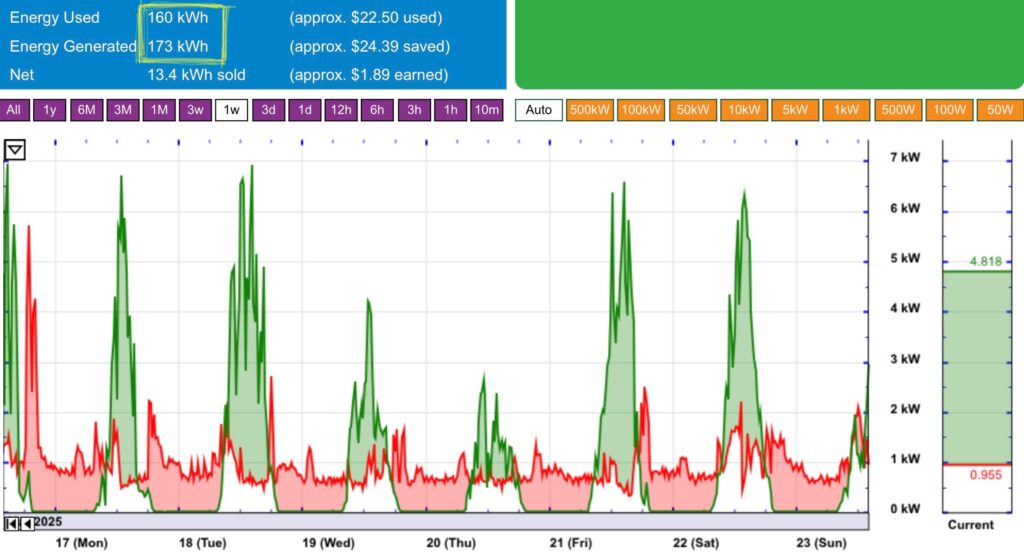I just wrote this for a neighbor and am cross-posting it publicly here.
I’ve installed a couple of the EcoSmart models. When I installed them last year, Lowes stocked them. Today I see Lowe’s only stocks the Eemax (no experience) but now Home Depot stocks the EcoSmart. The only complexity on them is sizing: with traditional (gas or electric) the “standard” size is 40 gallons. For heat pump heaters, the “standard” is 50 gallons because they have a slower recovery time.
For tankless models, they are sized by flow rate and inlet water temperature. An example would be the 3.5GPM model. It would be sufficient to provide two simultaneous “fixtures” (think: shower + kitchen sink) with straight hot water (assuming low-flow fixtures) when the water comes out of the ground at 52° (summer/fall). In the winter when the ground and water is colder, it might not get the water all the way to 110° at flow rates higher than about 2GPM. That would be a bummer if you live with someone that wants to wash the dishes while you’re showering. So spend the extra $80 and get the 5GPM model.
The major usability difference between tank and tankless is that in practice, with a tank you get hot water for about 40 gallons + the recovery rate of the heater. That means about 50 gallons of hot water and then it starts getting progressively colder. In a family environment, that means: take your shower first. And install low-flow fixtures. With a tankless heater, the last shower is the same temperature as the first. It heats the inlet water up to your set point in real time, for as long as the hot water runs.
A tankless electric heater is about 15% more efficient than an electric tank heater because it has no standby losses. Also, if you tank is 3 miles from your fixtures, the tiny size of a tankless model means you can consider relocating the heater closer to the bathrooms(s) and/or kitchen where most of the water is used. That’s less pipe to warm up, less water down the drain, and less waiting for hot water. You can even go Euro with one small unit under the kitchen sink and another to service the bathrooms.
A downside is that you’ll likely need to install one (3.5GPM) or two (5GPM) additional 40A electrical circuits for a tankless model.


You must be logged in to post a comment.